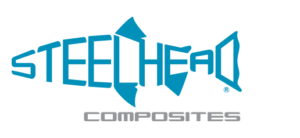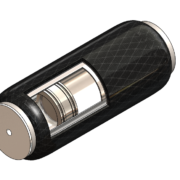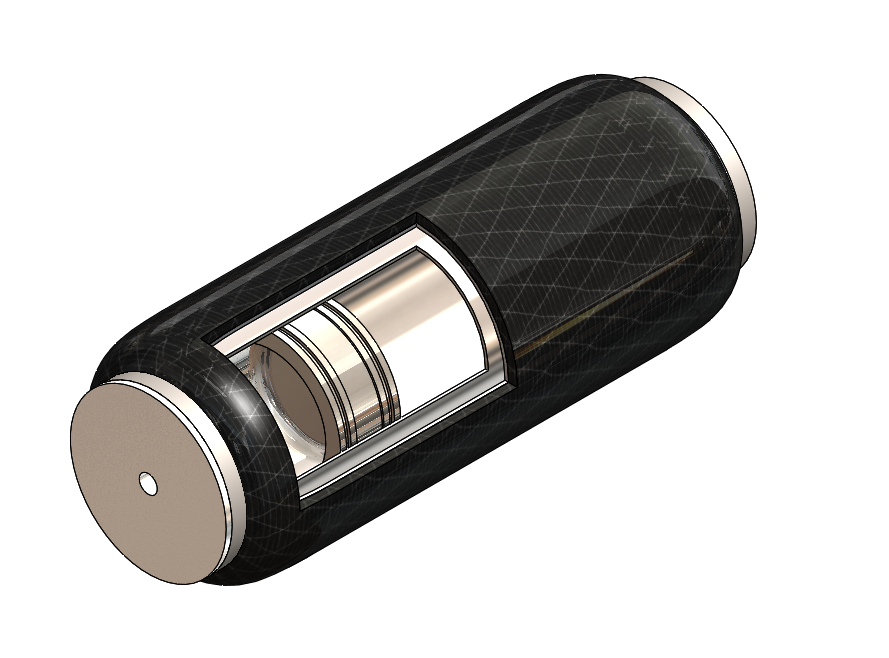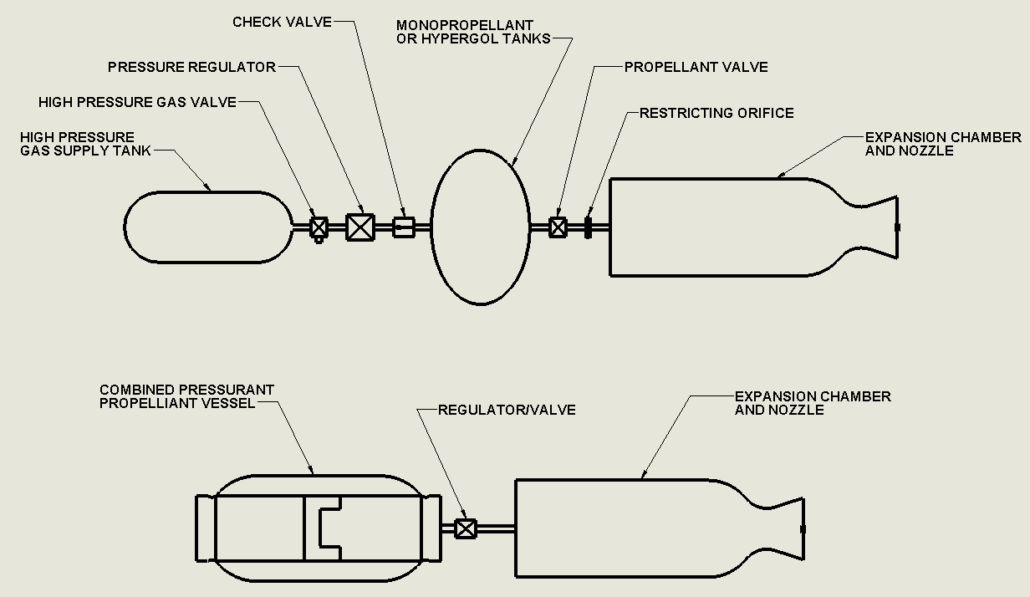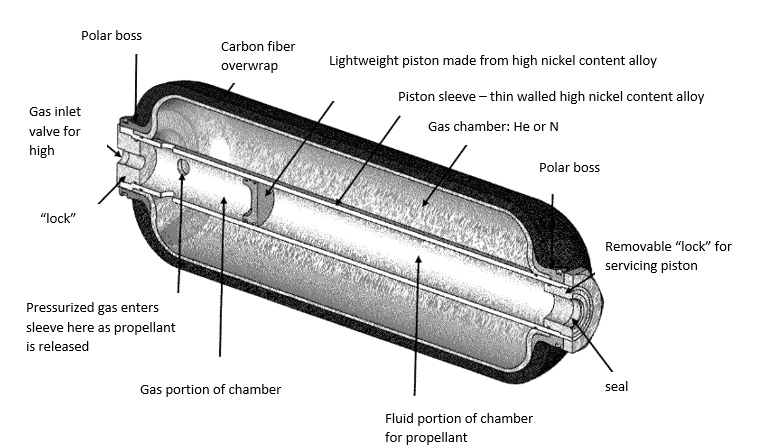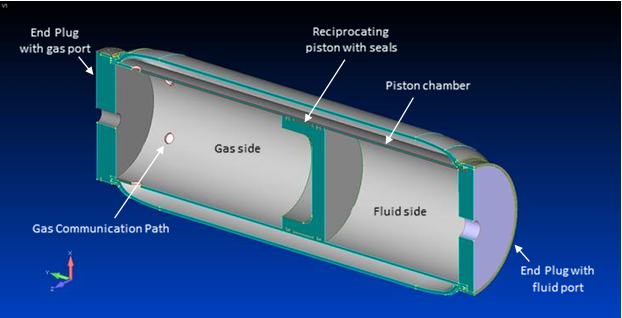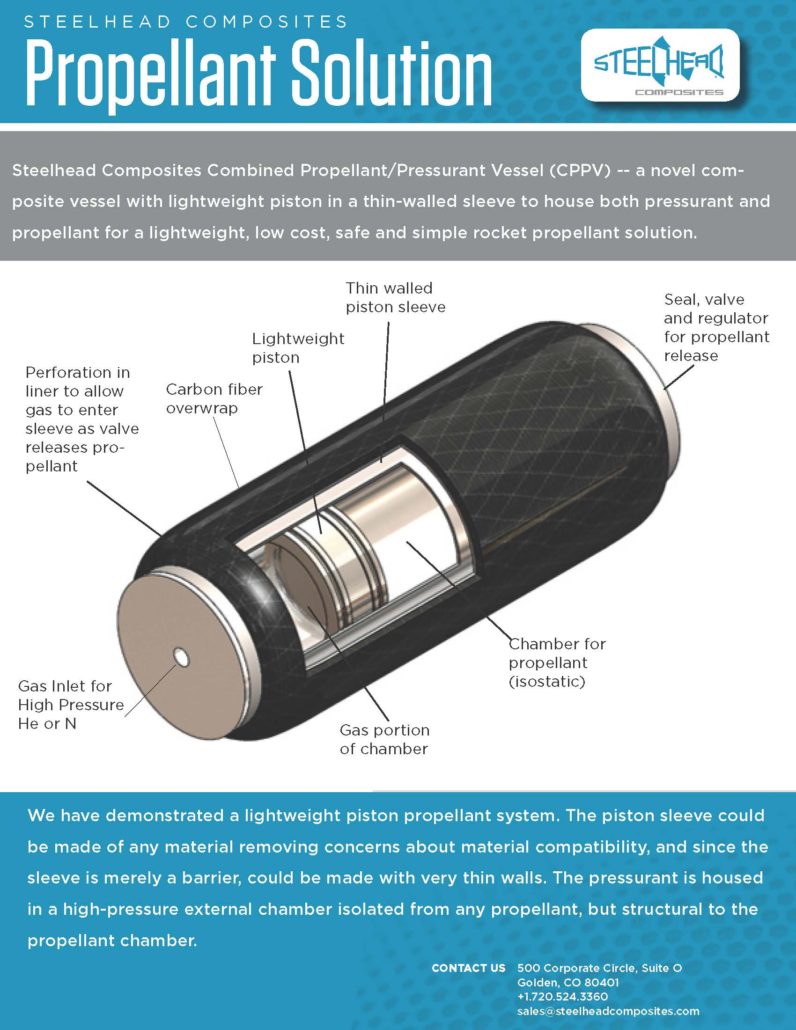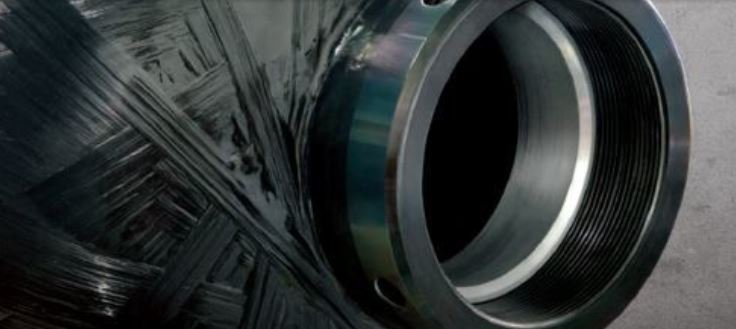ISO 14001:2015 FAQ’s
Steelhead Composites recently achieved ISO 14001:2015 environmental certification. Why was this important to your company? What did you have to do to earn this designation? How long a process is it?
-
- The foundation of Steelhead was founded on designing and producing products that change the world for the better and make a positive impact. Environmental stewardship and accountability is important to our company and we pledge to manufacture quality products without losing sight of the impact our manufacturing has on Steelhead employees and the environment that we live in. The ISO 14001:2015 certification exemplifies Steelhead Composites commitment to identify the environmental impact of its operations, adhere to regulatory requirements and take a systematic approach to continuously improving performance.
- To achieve the 14001 environmental quality system, Steelhead had to understand, identify, quantify and plan significant environmental aspects of our manufacturing and operations including: energy usage, air emissions, water pollution, waste management, and state and local regulatory requirements. We authored an environmental policy (available to the public, see website), begin a process of continuous improvement, initiate regular management environmental review and implement and track
- In whole, the process took around 12 months, with the majority of the work spent quantifying waste streams and identifying key risks. But note that work is not done, we are required to monitor, evaluate and meet regularly to ensure adherence and we also are audited by an outside entity.
Do you find more customers today are asking about the sustainability of your operations?
-
- Honestly, we pursued the environmental quality system and certification as an internal campaign, not driven by customer requirements; however, there is an increasing amount of customer inquiries which prefer or require ISO 14001, predominantly European customers.
Can you give me some specific ways your company has changed its operations to become more sustainable? (Energy usage? Changes in manufacturing practices?) How do you manage this process of change, i.e., decide what steps to take when?
-
- We changed behavior by beginning systematic monitoring of waste streams, increasing recycling efforts, and minimizing or eliminating any liquid waste
- In the process of identifying risks, we determined our greatest risk was that of fire and the certification process illuminated need for improving internal fire response training which has made Steelhead a safer place.
- Additionally, we have a posted policy stating: Steelhead Composites pledges to limit adverse effects to the environment through its products, processes and operations by:
-
-
- Minimizing pollution, non-recyclable waste and energy usage
- Considering the wider environmental impact of our product designs, manufacturing process and final products
- Encouraging environmental sustainability among subcontractors and vendors
- Meeting or exceeding all local, regional, federal and customer-imposed environmental regulations and obligations
- Defining company goals and key performance indicators related to environmental objectives
- Educating, training and motivating employees on this policy and the importance of sustainable environmental practices
- Making its environmental policies, practices and results available to the community
- Continually improving the Environmental Management System
- Obtaining senior management commitment to ensure the company culture prioritizes the protection of the environment
-
What benefits have you gained from the adoption of sustainable manufacturing processes? For example, have you reduced your manufacturing costs? Improved your efficiency?
-
- Steelhead Composites has always had a culture of environmental stewardship. The benefits of going through the process of certification has decreased our cost of solid waste disposal, decreased the cost of liquid disposal and highlighted ways in which we can save on our electricity bill (such as staggering machine start up times)
Are there any negative impacts (i.e., added time or costs?)
-
- There is a material time and financial investment required to achieve ISO 14001, including internal audit, external audit, capital improvements to fix identified problems. We believe, however, the tangible benefits outweigh the investment, not to mention the intangible benefits of increased safety and a smaller environmental footprint.
What would you suggest as a good starting point for other composite manufacturers that want to make their operations more sustainable? What challenges will they face along the way? Is this always an expensive proposition?
-
- The first step for a composite manufacturer to going through the ISO 14001 process is for management to take steps to ensure that environmental stewardship is part of the company culture and DNA. The proposition is only expensive if you fight an uphill battle with employees who have not bought into the concept of safety, waste minimization, recycling, energy conservation etc.
Do you think that in the future composite manufacturers will be required to make their operations more sustainable?
-
- We believe that regulations and customers will increasingly require an environmental quality policy and ISO 14001 certification. Emissions, air quality, water quality and sustainability will fully morph from a nice-to-have to an enforced requirement. But we, as manufacturers, shouldn’t wait until we are forced comply; we can proactively do what we can to make this planet in a better place for our children and grandchildren.
